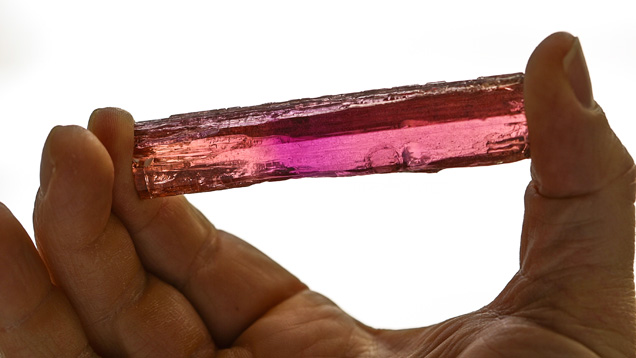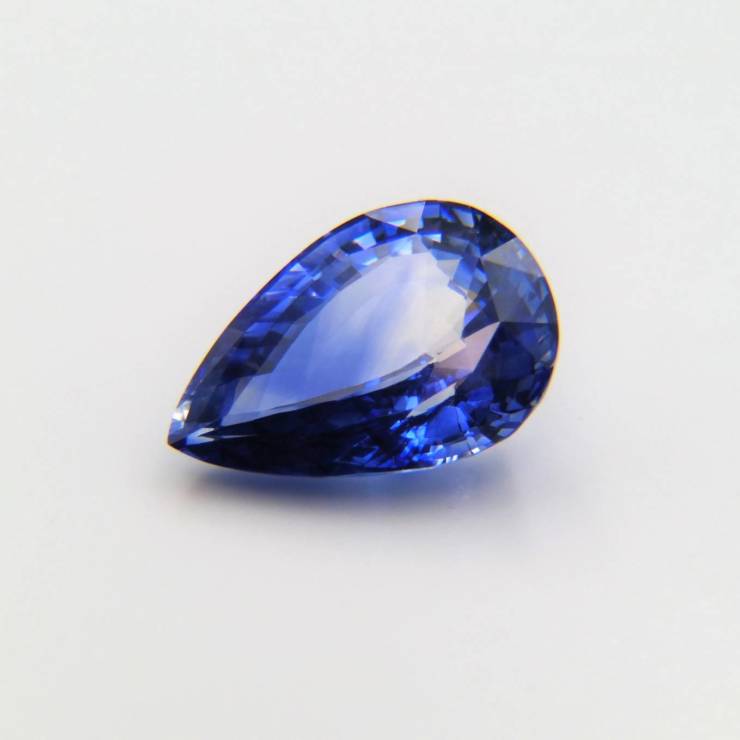Honey yellow. Fiery orange. Cyclamen pink. Ice blue. In warm or cold tones, topaz is a shiny and brilliant gemstone.
Throughout much of history, all yellow gems have been considered topaz and all “topas” have been considered yellow. However, topaz is available in many colors, the most famous being blue.
Topas (Hebrew pitdá) is mentioned in the Bible. Its name is derived from the name of the island of Topasos in the Red Sea or from the Sanctuary word topas. The root of the word “top” means to burn. It is documented in India in the Red Cross (2nd millennium BC).
Topas had a place of honor in the front row of Aaron’s shield. This shield, the so-called chest shield is made of a rectangular fabric, fitted in the chest. It is divided into twelve squares (4 rows of three squares) and each of them represents one Jewish nation, symbolized by a precious stone. Richly crafted necklaces decorated with topaz (also emerald and pearls) come from the Hellenistic period from Pompeii (1st century BC).
According to Hildegard, Bingen Topás is said to cure skin diseases and is also a suitable remedy for melancholy. In Christian symbolism, Topas is the protector of all who have lost hope. In magic, the topas represented the talisman of the alchemists. He gave people the gift of clairvoyance, sharpened the mind, and gave courage. He should lend magical power in the ring. If the topaz is yellow, it should be worn by people who are hesitant and indecisive. He is also a talisman against poison poisoning. Blue topaz calms the nerves, cures high blood pressure. It gives men beauty, reason and a long life.
What to add?






